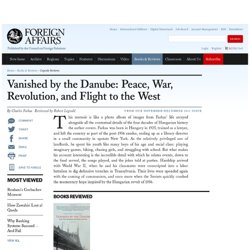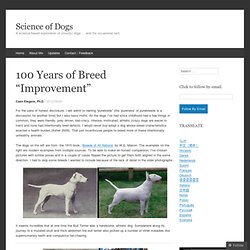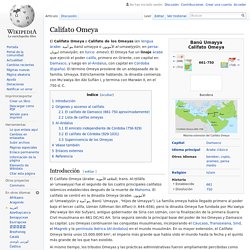

Vanished by the Danube: Peace, War, Revolution, and Flight to the West. This memoir is like a photo album of images from Farkas’ life arrayed alongside all the contextual details of the four decades of Hungarian history the author covers.

Farkas was born in Hungary in 1925, trained as a lawyer, and left the country as part of the post-1956 exodus, ending up as a library director in a small community in upstate New York. As the relatively privileged son of landlords, he spent his youth like many boys of his age and social class: playing imaginary games, biking, chasing girls, and struggling with school. But what makes his account interesting is the incredible detail with which he relates events, down to the food served, the songs played, and the jokes told at parties. Hardship arrived with World War II, when he and his classmates were conscripted into a labor battalion to dig defensive trenches in Transylvania.
100 Years of Breed “Improvement” For the sake of honest disclosure, I will admit to owning “purebreds” (the ‘pureness’ of purebreeds is a discussion for another time) but I also have mutts.

All the dogs I’ve had since childhood had a few things in common, they were friendly, prey driven, ball-crazy, intense, motivated, athletic (crazy dogs are easier to train) and none had intentionally bred defects. I would never buy/adopt a dog whose breed characteristics exacted a health burden. (Asher 2009). That just incentivizes people to breed more of these intentionally unhealthy animals. The dogs on the left are from the 1915 book, ‘Breeds of All Nations‘ by W.E. It seems incredible that at one time the Bull Terrier was a handsome, athletic dog. The Basset Hound has gotten lower, has suffered changes to its rear leg structure, has excessive skin, vertebra problems, droopy eyes prone to entropion and ectropion and excessively large ears. A shorter face means a host of problems. Once a noble working dog, the modern St. Should we eat bugs? - Emma Bryce.
En fotos: cómo es la vida en la frontera entre China y Rusia - BBC Mundo - Video y Fotos. Proverbios en latín. Conceptos. Personas. Califato Omeya. Introducción[editar] El Califato Omeya (árabe: الخلافة الأموية, trans.

Al-Ḫilāfa al-ʾumawiyya) fue el segundo de los cuatro principales califatos islámicos establecidos después de la muerte de Mahoma. El califato se centró en la dinastía Omeya (árabe: الأمويون al-ʾUmawiyyūn y بنو أمية, Banū ʾUmayya , "Hijos de Umayya"). La familia omeya había llegado primero al poder bajo el tercer califa, Uzmán (Uthman ibn Affan) (r. 644–656), pero la dinastía Omeya fue fundada por Mu‘awiya (Mu‘awiya ibn Abi Sufyan), antiguo gobernador de Siria con Uzmán, con la finalización de la primera Guerra Civil musulmana en 661 DC/41 AH. Siria seguirá siendo la principal base del poder de los Omeyas y Damasco su capital. Al mismo tiempo, los tributos Omeyas y las prácticas administrativas fueron ampliamente percibidas como absolutistas, opresivas e injustas.
Orígenes y ascenso al califato[editar] Los Omeyas eran un clan de la tribu quraysh, de La Meca, a la que pertenecía Mahoma. Lista de califas omeyas[editar]